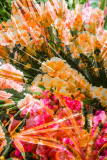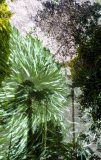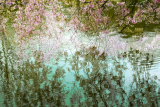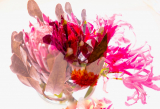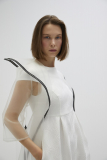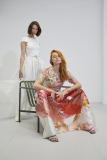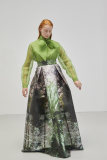Werke
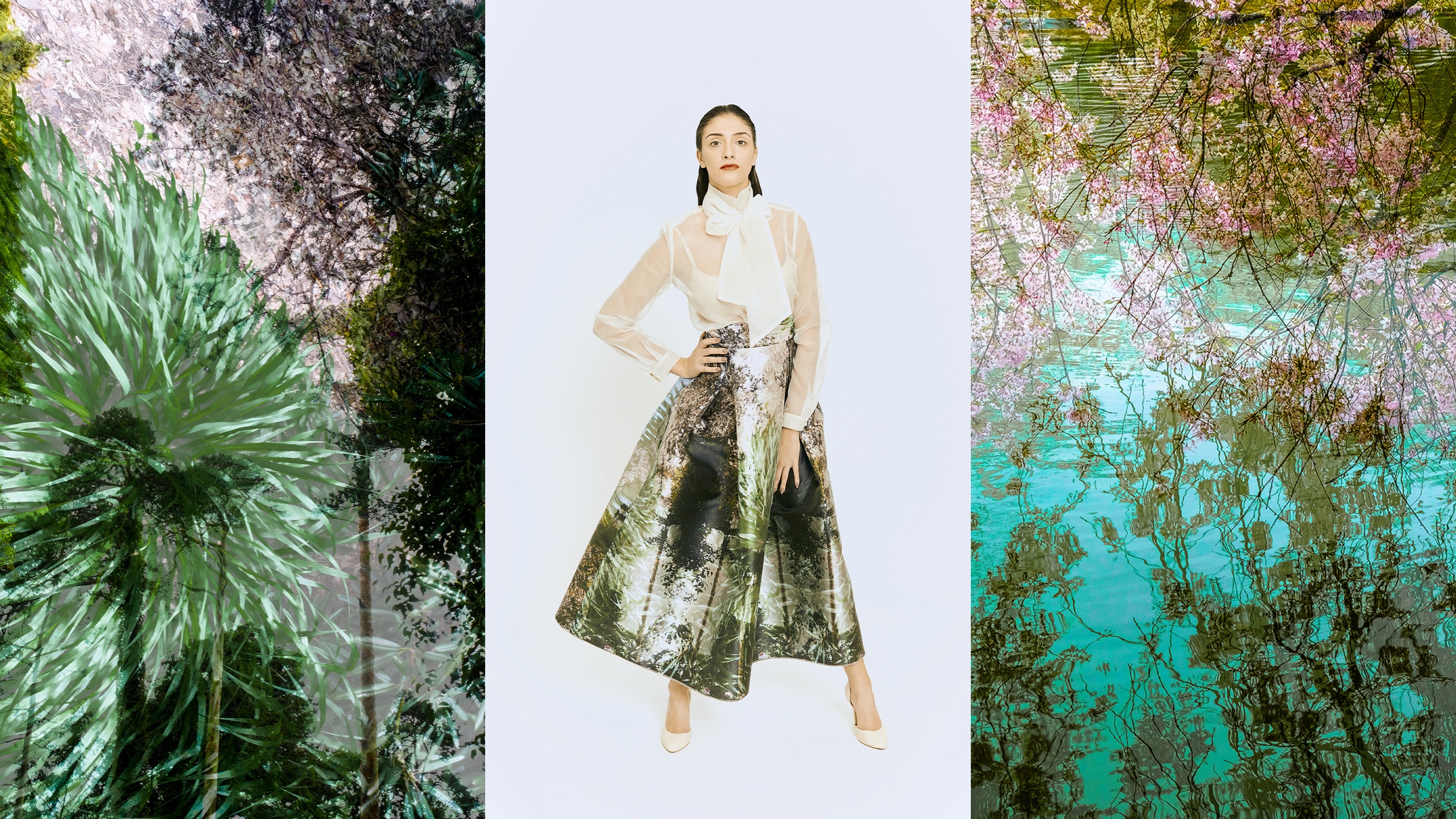
Diemut von Funck Barbara Weigand Golda Fruhmann
IOSOY transparency – sustainability
Themed exhibition of IOSOY by Barbara Weigand under the patronage of Ingo Seufert – Gallery for Contemporary Photography. In addition to the Easyglam couture series, IOSOY‘s first artist edition will also be presented which was created together with Munich-based photo artist Diemut von Funck. Four of her motifs are presented as large-format fine art prints, accompanied by three photographic works by fashion photographer Golda Fruhmann who works in Paris and Munich.
22 July 2021 – 29 July 2021
On 22 July beginning at 4:30 pm all are invited to the opening reception at the IOSOY store, Damenstiftsrasse 11, 80331 Munich. gallery. Diemut von Funck, Barbara Weigand, Golda Fruhmann and Ingo Seufert are present. The official distance and hygiene rules apply.
The following works are presented in the show:
IOSOY transparency – sustainability
Themed exhibition of IOSOY by Barbara Weigand under the patronage of Ingo Seufert – Gallery for Contemporary Photography. In addition to the Easyglam couture series, IOSOY‘s first artist edition will also be presented which was created together with Munich-based photo artist Diemut von Funck. Four of her motifs are presented as large-format fine art prints, accompanied by three photographic works by fashion photographer Golda Fruhmann who works in Paris and Munich.
Barbara Weigand, owner of the IOSOY brand and CDO of AMUI, initially intended to study fine arts after graduating from school, but ultimately decided on textile design, as she has always been fascinated by fabric, especially by fabric printing. During her freelance career from 1991 to 2001, she specialized in large-format floral prints. At the beginning of 2000, the first breakdown occurred in the textile industry, which forced her to give up her previous involvement in Sri Lanka, to leave the country and to reorient herself. In 2008 she ventured into fashion and founded her label IOSOY. To make material, shape and color wearable in unusual combinations was her goal and became her trademark.
Longevity and sustainability are at the center of her philosophy. Longevity is sustainable and this sustainability needs transparency in all production steps in order to bind the customer emotionally to IOSOY. IOSOY means “I am” – the anagram YOSOI, on the other hand, stands for Y(OUR) O(WN) S(TORY) O(F) I(NTEGRITY): Since 2020 Barbara Weigand has united art and fashion by returning to her roots, designing and producing her own fabrics. Her idea is the transparency – sustainability project: She understands transparency and disclosure of production as a quality feature for her sustainable products, which she produces with the support of small businesses and manufacturers. As CDO of the high-tech platform AMUI, she supports the traditional craft, which can survive in this way in the future.
Barbara Weigand’s first artist edition of her couture series “Easyglam” was created in collaboration with photo artist Diemut von Funck, whose high-contrast and color-intensive double exposure photographs were transferred as prints onto fabric. The basic material is an exquisite duchesse from the Spanish company Gratacos, known for their haute couture fabrics. This type of fabric is also called Mikado, the most striking characteristic of which is its lightness with a standing feel.
The fine art prints by Diemut von Funck, also presented in the exhibition, are available in a limited edition of 10 copies, each numbered and signed by the artist. The prints were produced using a nine-color pigment printing technique on William Turner watercolor paper, whose fine grain emphasizes the delicate layering of the double exposures. Glassless frames made of wenge wood round off the compositions as a whole.
The careful selection of suitable printing paper is closely linked to Diemut von Funck’s family history. Her maternal ancestors include the culturally versatile paper manufacturer Johann Wilhelm Zanders, who took over the Schnabelsmühle in 1829, a paper mill founded in the 16th century at the Strunderbach in Bergisch Gladbach. The well-known products of the company that still exists today include high-quality, quarrelsome artist papers, which are sold under the name and coat of arms of the Gohrsmühle, which was bought in 1868.
The artist’s formative childhood memories include various types of paper in terms of feel and texture, as well as botanical magazines, which inspired her to put together her own booklets with the Zanders papers. In 2008 she finally revived her creative streak and completed a three-year apprenticeship at the Prague Photo School in Linz/Austria.
Her double-exposed photographs take the viewer into light-drenched sceneries in parks and gardens. The transparency and color of the plant motifs are reminiscent of the representation of sensual nature experiences in French Impressionism and Japonism. In connection with the glossy, reflective texture of the fabrics, the vegetative image structures appear virtually dematerialized of bewitching effect.
The lyricism of Diemut von Funck’s photographs as fabric prints, combined with the wide-falling A-line cut with different rows of box pleats, makes particularly the “signature skirt” an extraordinary Gesamtkunstwerk of this art edition, meaningfully staged by fashion photographer Golda Fruhmann, who works in Paris and Munich.
After completing her law studies in Munich, Golda Fruhmann pursued her passion and studied photography in Hamburg. The practical experience with Markus Jans introduced her to the art of fashion photography during her studies. Fruhmann uses the medium of photography to reach people visually and to sensitize them. In view of the fact that her own consumer behavior has always been based on Vivienne Westwood’s principle “Buy less. Choose well. Make it last”, the question „Who made my clothes?“ should always be conveyed through her pictures: She demands this transparency through her fashion photography and encourages the viewer to position himself with regard to the production conditions in the fashion industry.
